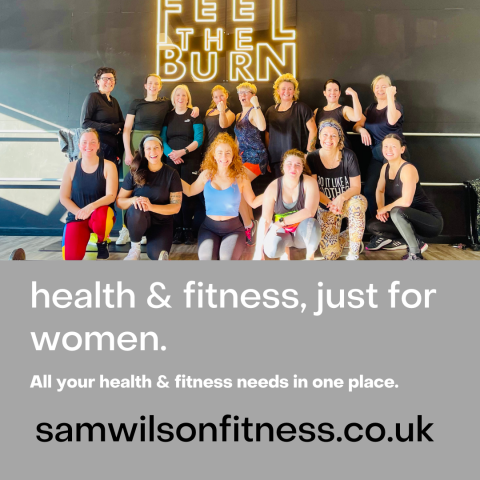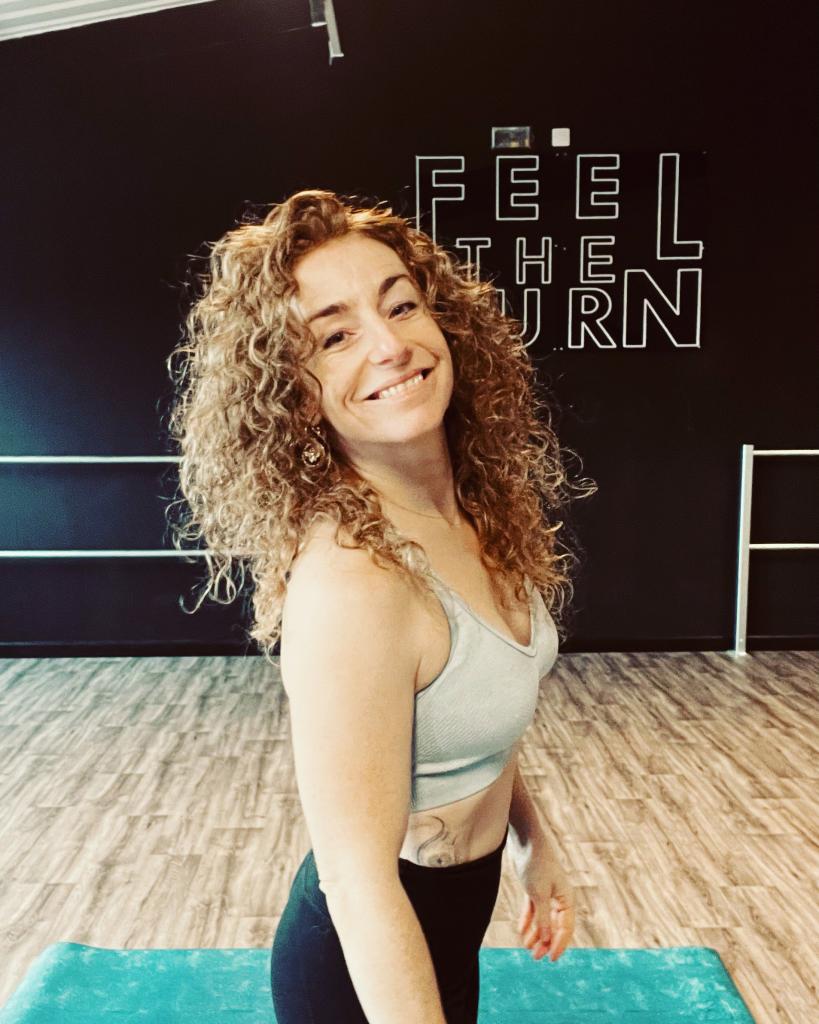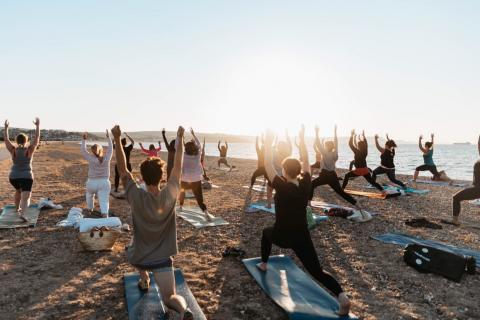
Hello everyone,
I'm writing this blog after having two incidents in the last two months, both which made me think about the importance of being strong for later life. We see lots of information on this of course, so I'm not telling you anything new, other than now I've experienced falling and being injured properly, I can REALLY see why we need to be fit as long as physically possible. By strength I mean, strong muscles and bones. The ability to recover from falls and to prevent Osteoporosis.
In August, I broke my foot, simply tripping on a mat during a warm up. It meant six weeks recovery with my foot in a boot for 3-4 weeks. It honestly made me question whether it was my age, peri-menopause, whether I've over trained, all sorts of things were going through my mind. As it happens, recovery was very quick and I don't feel any pain at all now with jumping or sprinting. So I'll take the quick recovery as a good sign that my body is doing it's best and I should continue training as I am. This morning, I fell over on the bottom step of my stairs, just over some slippers and nothing serious at all, but again, it made me think! It was just clumsiness and can happen at any time of course, but still....
Hence this blog, about bone health, bone density and everything inbetween.
What is Osteoporosis?
Osteoporosis is a skeletal disorder characterised by low bone density and deterioration of bony tissue. This means a higher fracture risk and therefore a major health problem. Osteoporosis is associated most commonly with hip, spine, and wrist fractures. The annual cost in England and Wales is £1.7 billion per year! 90% of that cost to the health service is due to hip fractures. A DEXA scan is most commonly used to diagnose osteoporosis.
By their mid-20s, women should have acquired 98% of their bone density. The achievement of peak bone mass is very important to bone health and plays a vital part in preventing osteoporosis and subsequent fractures in later years. It's reported that hip fractures should be reduced by 30% with an increase in peak bone mass of 10%. Bone mass increase starts from childhood and continues into adulthood and peak bone mass can be achieved in the mid-20s for spine and hip whilst other bones, such as the radius, reach a peak aged 40 years. After that, bone mass starts its decline and by approximately 70 years old, bone mass has decreased by 30 to 40%.
What Affects Bone Mass?
Genetics, hormonal status, with a decline in estrogen, nutrition, smoking and exercise all play a part in the process of peak bone mass accumulation.
Osteoporosis was thought to be a natural part of ageing among women. It is no longer considered age or gender dependent and is largely preventable due to the remarkable progress in the scientific understanding of its causes, diagnosis, and treatment. Optimisation of bone health is a process that must occur through our lifespan in both males and females. Factors that influence bone health at all ages are essential to prevent osteoporosis and its devastating consequences.
Worldwide, osteoporosis causes more than 8.9 million fractures annually, resulting in an osteoporosis fracture every three seconds. Worldwide, one in three women over age 50 will experience osteoporosis fractures, as will one in five men over 50. 80%, 75%, 70%, and 58% of forearm, humerus, hip, and spine fractures respectively occur in women.
What Can I Do?
Most fractures occur in post-menopausal women and elderly men without a densitometric (DEXA) diagnosis of osteoporosis. Currently, fragility fractures are the fourth leading cause of chronic disease morbidity in Europe. So I think we all need to look at the seriousness of this and also know that it's hugely preventable. You have the opportunity in your lead-up to elderly life to prevent this. And that's what I really want to push to all of my clients and to women everywhere, that this is largely preventable. And with lifestyle changes, nutrition, movement, strength training, all of these things help.
Up to 20% of patients die in the first year following hip fractures, mostly due to pre-existing medical conditions. Less than half those who survive the hip fracture regain their previous level of function. That is a really sobering thought, that less than half of anybody who survives a hip fracture regains their previous level of function. The overall mortality is about 20% in the first 12 months after hip fracture and is higher in men than women. Vertebral fractures, fractures of the spine, are associated with an eight-fold increase in age-adjusted mortality. A woman 65 years of age with one spinal fracture, has a one in four chance of another fracture over five years, which can be reduced to one in eight with treatment.
Estrogen has a big role to play in the formation of bones, Osteocytes with the activation of bone remodeling, Osteoblasts, the bone builders, the maintenance of bone formation, and Osteoclasts for bone reabsorption. As estrogen starts to decline, it's no surprise that in the post-menopause period we see a higher rate of fractures with less estrogen in the body.
Risk Factors For Fractures
Fracture risk assessment testing is recommended in women aged plus 65 years and men aged plus 75. If risk factors are present, these include previous fragility fracture, current use or frequent recent use of oral or systemic glucocorticoids, history of falls, family history of hip fracture, other causes of secondary osteoporosis, low body mass index, smoking, excessive alcohol intake (14 units per week for both men and women).
Nutrition For Bone Health
Good digestion and gut health,
More vegetable protein
Alkaline forming foods
Less caffeine
More fruits and vegetables,
More water/hydration
Vitamins D3, K, C, A, Boron, Z
inc, EFAs
Movement For Bone Health
Bone loading movement
Strength training
Whole body vibration,
Improving balance, flexibility, agility,
Dual Tasking
Movements that improve speed, accuracy and precision
Overall, we need to MOVE and eat WELL to prevent a deterioration of bone health. It really can be a lifesaver!
I hope this has been an interesting read for you, I will be back with more in the next newsletter!
If you want to see any information on a specific subject, please get in touch.
Sam



